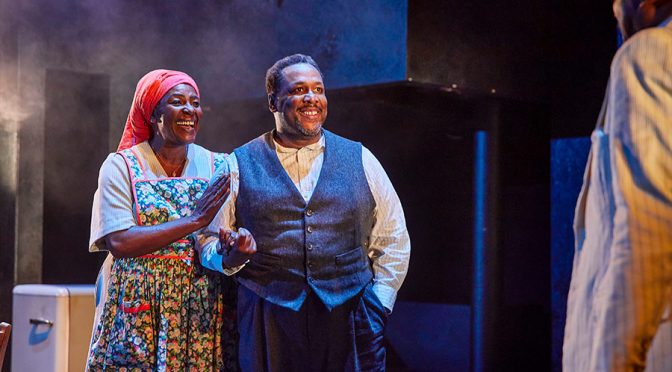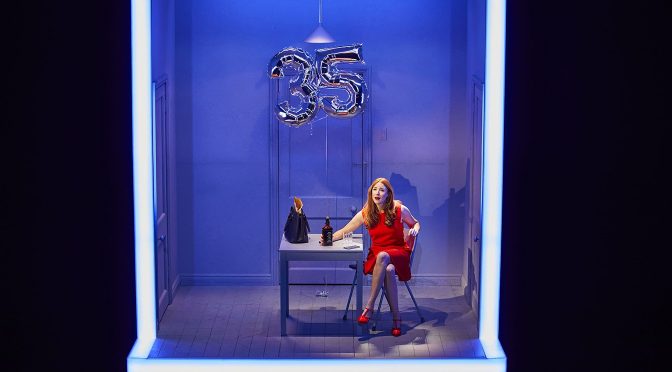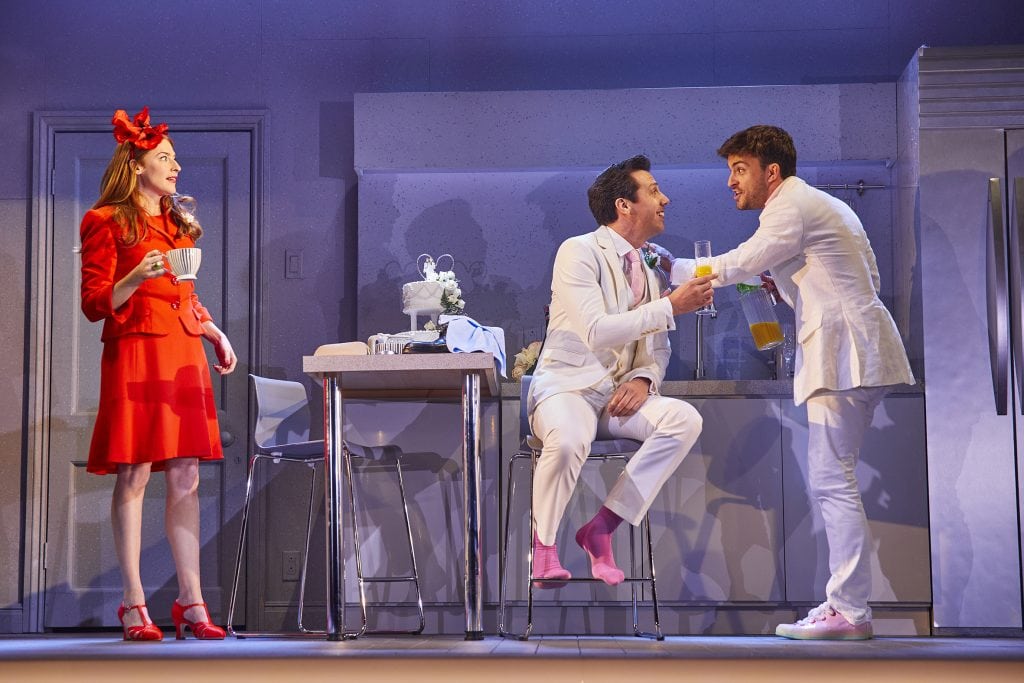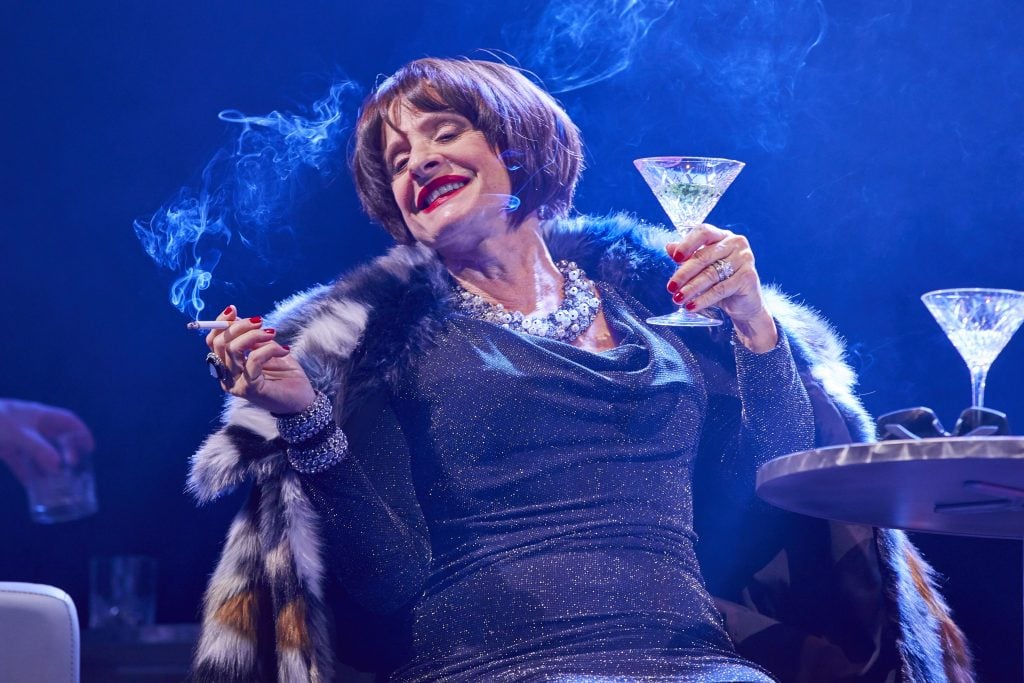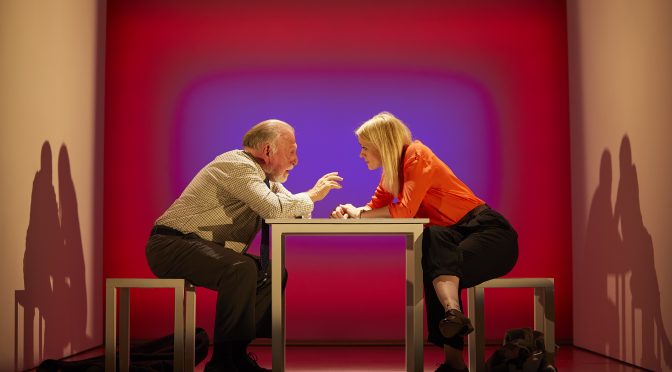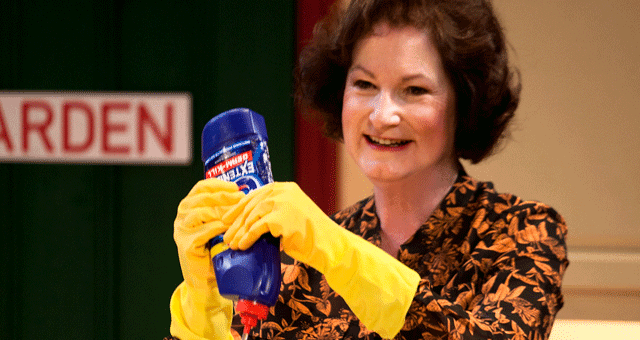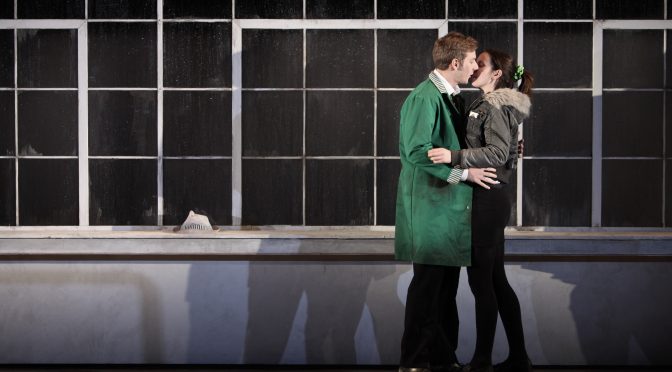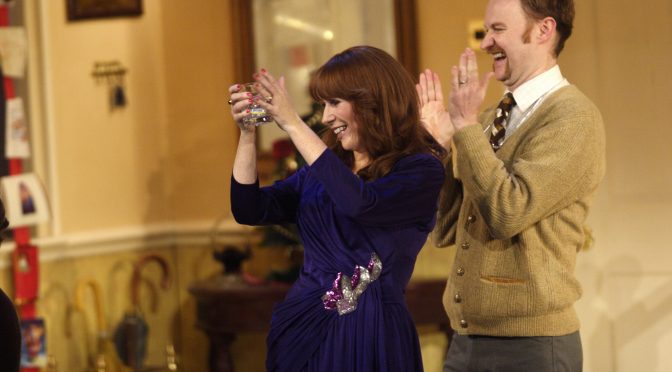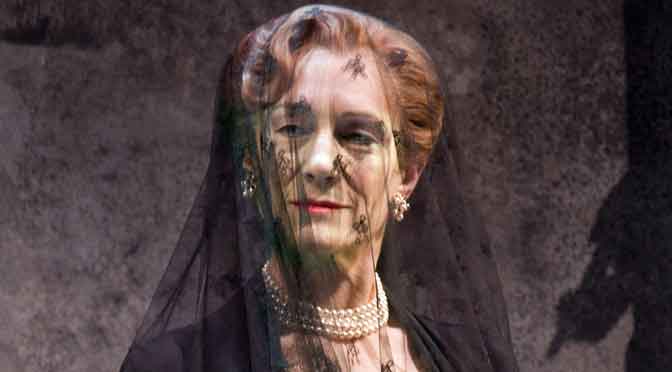Successful revivals – and this is one of the best – tend to present a classic text with reverence or remodel it for the current day. Trying to do both – respecting and reinventing – usually pleases nobody. But just such a combination has been achieved by co-directors Marianne Elliott and Miranda Cromwell with Arthur Miller’s classic story of Willy Loman’s demise. It’s like no production of the show before, but presents Miller’s concerns for the working man with utmost conviction. The result is marvellous.
Casting the Loman family as African American is the most obvious difference. The consequences are profound, rippling through the show, continually adding layers to Miller’s text. Take Willy’s subservience to his much younger boss – more painful than ever. Highlighting the play’s concern with Willy’s breakdown is novel, too: since Miller’s day appreciation of mental health, including dementia, and how distressing it can be for victims, has grown. Flashback scenes, with bold lighting design from Aideen Malone, add a distressing air that increases sympathy for Willy. The production takes modern sensibilities into account and fills the play with new questions and tensions.
Meanwhile Miller’s political concerns are amplified. Rather than connect Willy to buzzwords (“the squeezed middle” or the “precariat”), ideas about the dignity of work, perhaps old fashioned, are explored as the writer intended. Likewise, the aspirations that obsess Willie, maybe even drive him mad, are given space. A period atmosphere is aided by Femi Temowo’s compositions and musical direction – I don’t think Miller’s ever been this cool. The brilliant design, by Anna Fleischle, makes the family home, just about to be purchased, a frame: a perfect reflection of how transparent these lives become to us.
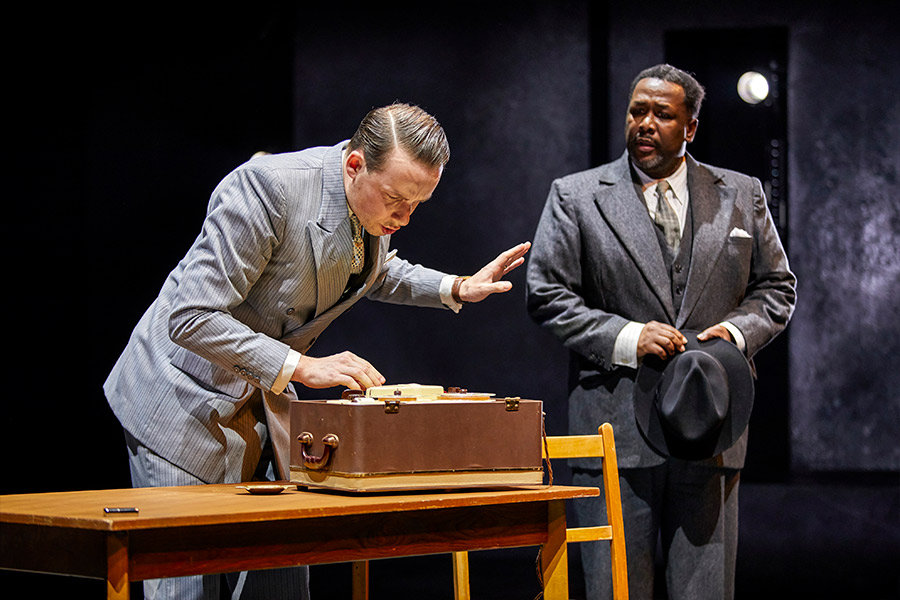
As if all this weren’t enough, this production also boasts some of the most fantastic performances you could witness. The whole cast is impeccable, even the smaller roles who add to the music in the show. Victoria Hamilton-Barrit and Matthew Seadon-Young excel, despite their characters coming close to being devices. The Loman brothers are vividly depicted by Ṣọpẹ́ Dìrísù and Natey Jones with performances that complement each other – as they should. The tension for one bubbles under while the other’s anger proves explosive.
Making a West End debut that will surely be remembered for a long time, Wendell Pierce takes the lead role with astonishing skill. Willy is not an appealing character, rather a tin-pot tyrant who’s easy to condemn. But Pierce makes him a man you can warm to – and a surprisingly diffident person that you feel for. Adding a purity of intention, focusing on his sons, he becomes a noble character whose end is truly tragic.
As his wife Linda, Sharon D Clarke recognises the role as the lynchpin of the play. Often quite literally centre stage, Clarke has the presence to make the role major. For Linda is also the play’s moral compass and Clarke gives a performance of dignified intensity that becomes heart-breaking. Finally, the chemistry between the two leads is something really special – adding an urgency to the drama and, again, an emotional impact that makes this the most moving Miller I’ve ever seen.
Until 4 January 2020
Photos by Brinkhoff & Mogenburg

